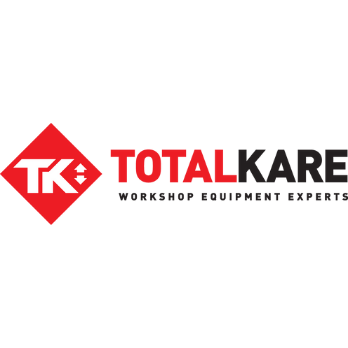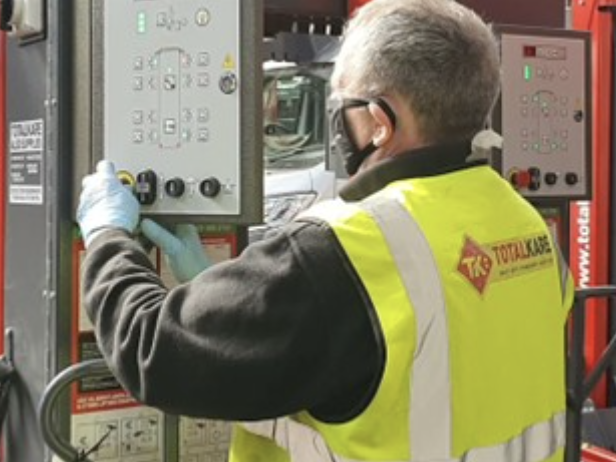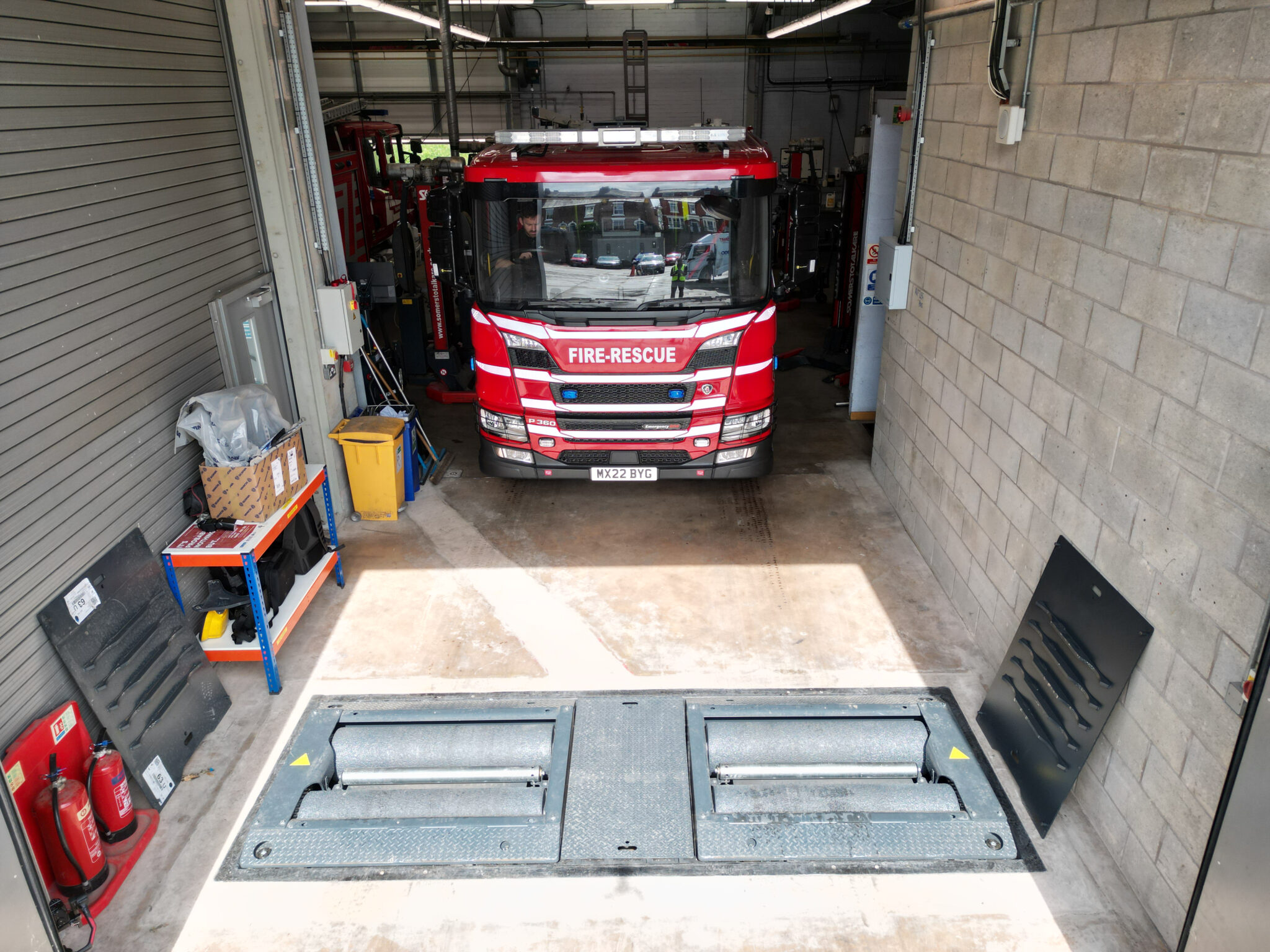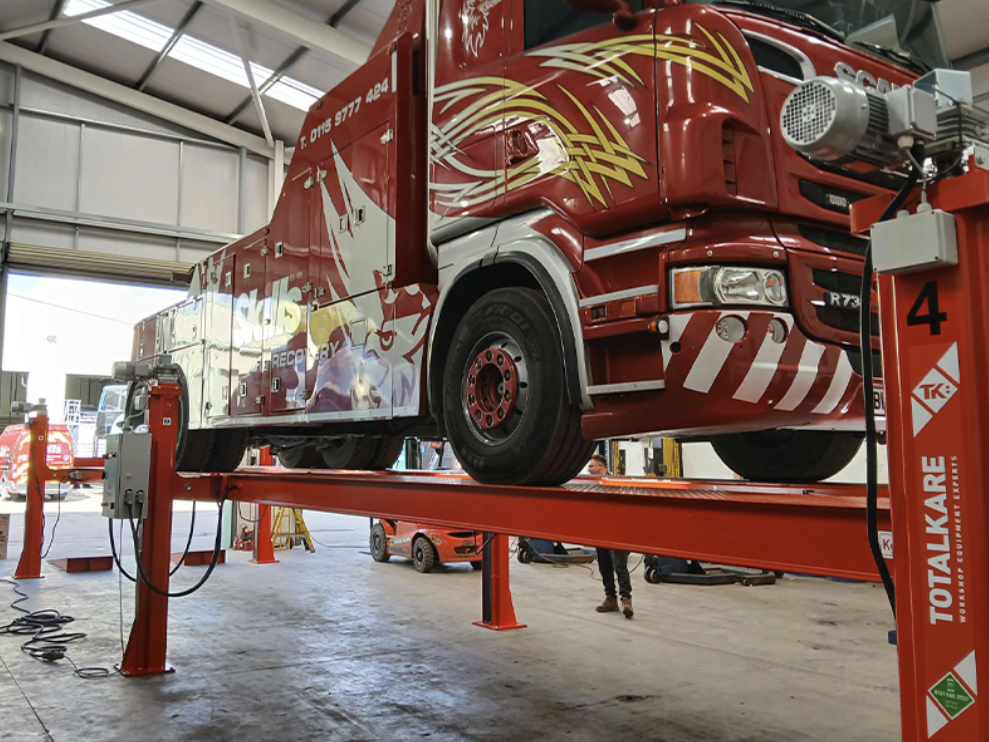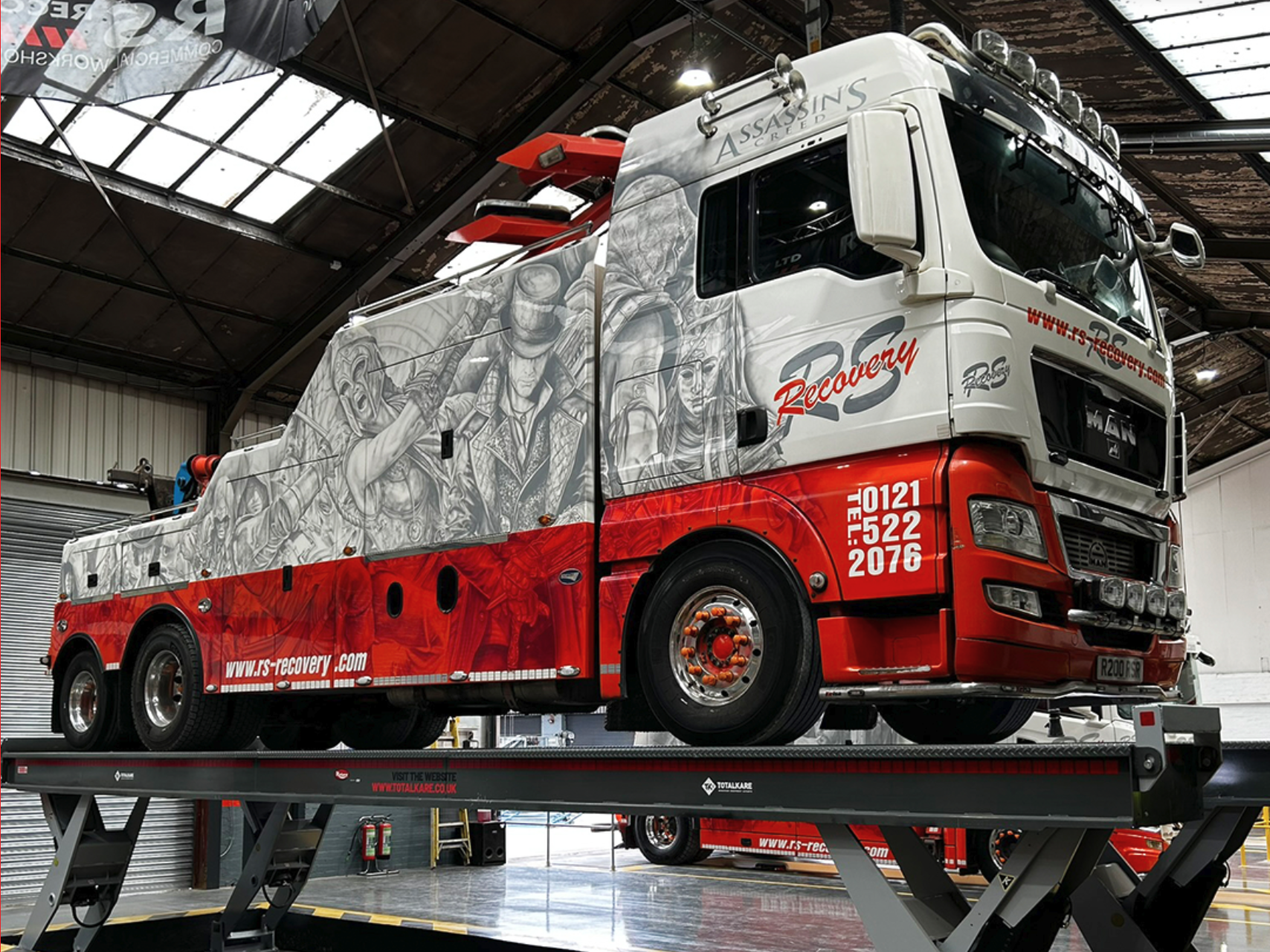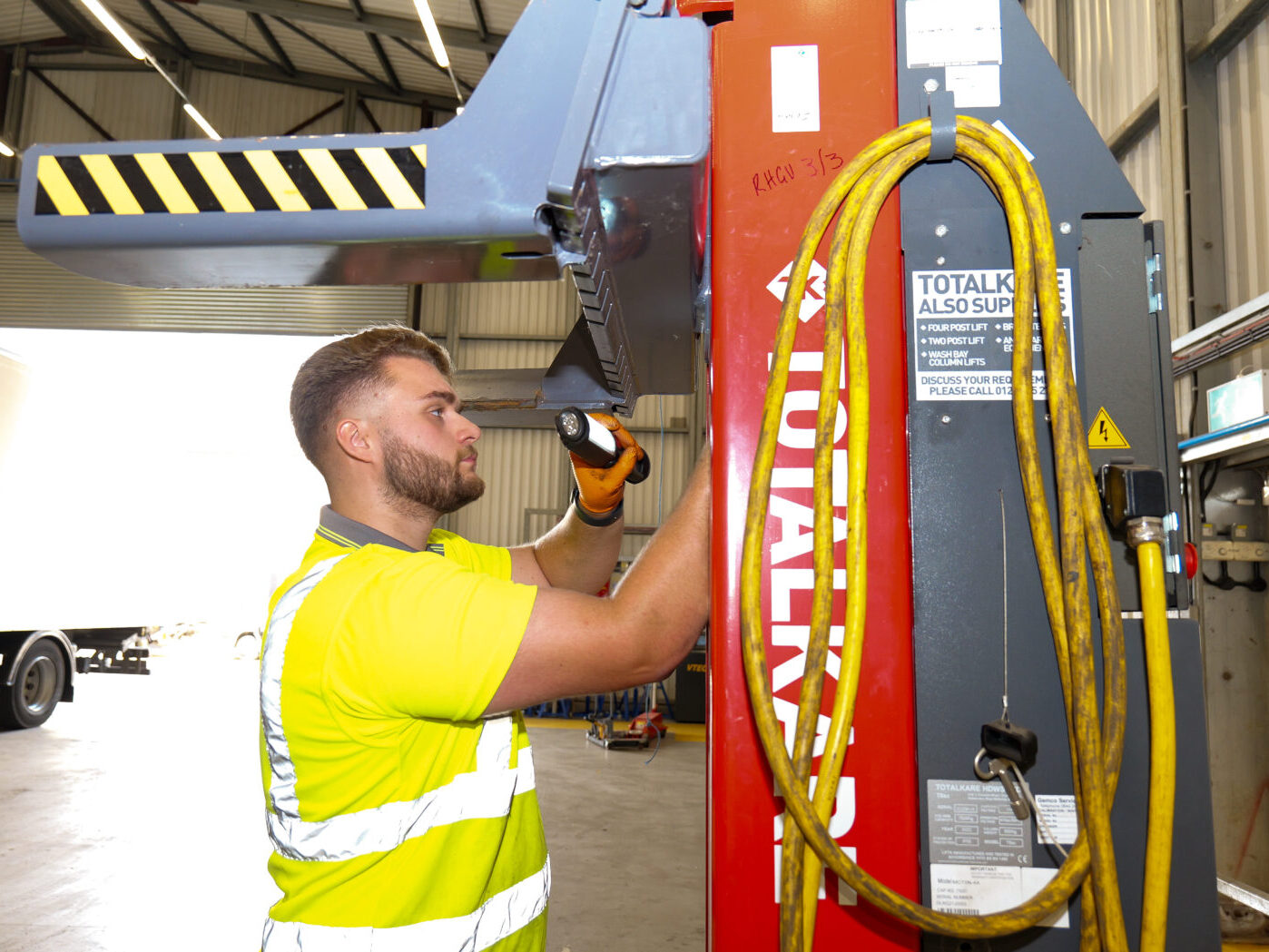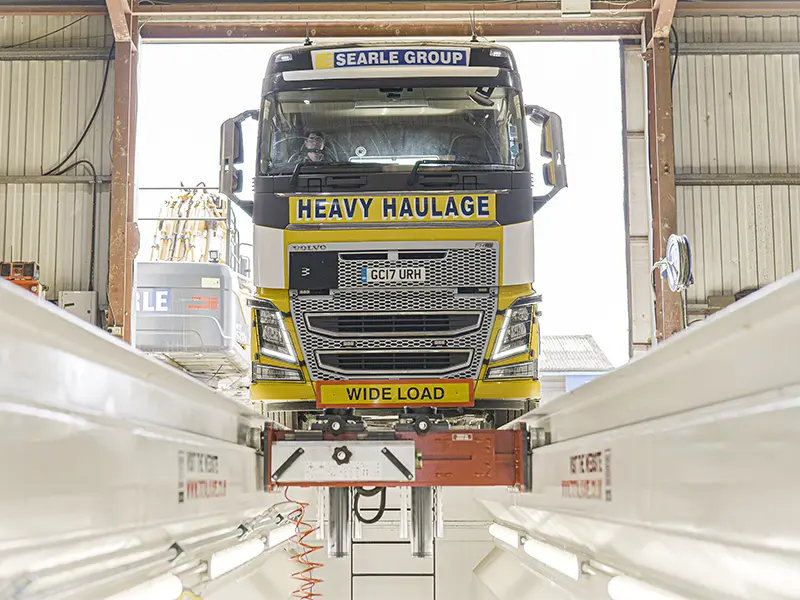When you’re running a workshop, safety is a top priority. And that’s true no matter what kind of job you’re working on.
So to help you keep your teams and your tools safe, we’ve put together some simple safety tips for working with torque tools – from maintenance and storage to practical tips for everyday use.
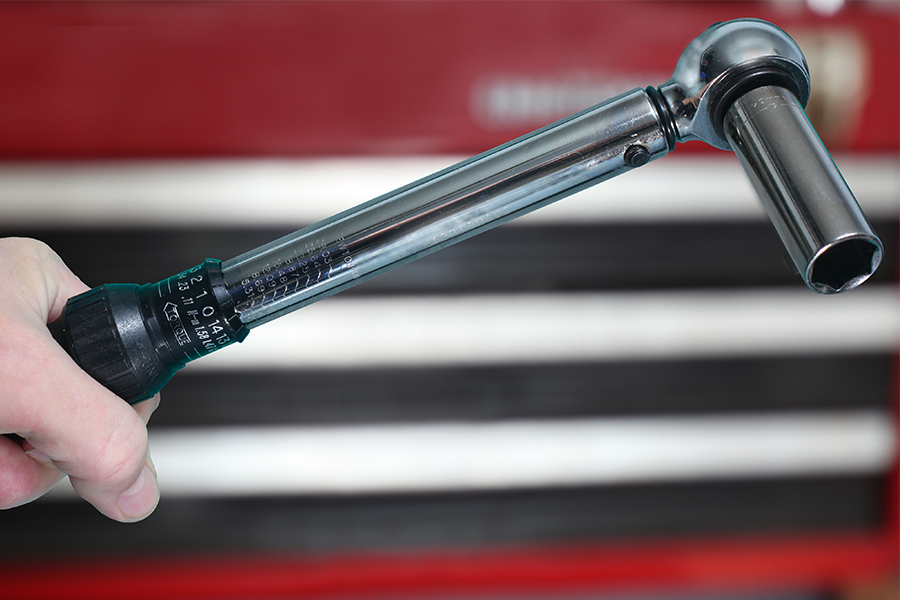
1. Read the Manual
Even the best tools are only safe when they’re used correctly – and a torque wrench is no exception.
So if you want to get the longest lifespan out of your torque tools (and minimise the risk of your own injury), it’s crucial that you understand how it works and how to use it – and that means taking the time to read the manual carefully.
2. Wear the Right Safety Gear
It might seem like there’s not a lot of danger in an average torque job. But the forces involved are incredible, and the materials come under a huge amount of strain.
Torque wrenches can slip, and the bolts themselves can crack or split – with the potential for debris to fly off at high speeds.
And if that ever happens, you’ll be glad you were wearing the right safety glasses and gloves to keep you protected.
3. Inspect the Wrench and the Fittings
Before you dive into any new torque job, you’ll need to carefully inspect the torque tool – as well as the fastenings you’re about to work on.
Check for any cracked or worn sockets on the torque wrench, or any sign of cracks or splits on the bolts you’re fastening.
If you see any signs of damage or wear and tear, put the job on hold – and get your torque tool inspected, repaired, and re-calibrated before you come back to it.
4. Always Pull, and Never Push
There’s a lot of force involved in a torque job, and it can be tempting to use your own body weight to help you out.
But even with the perfect tools and fittings in place, there’s always a chance the tool can slip. And if you’re pushing on your torque wrench with your full weight behind it, you’ll end up on the floor if it slips.
So always pull, and never push. Keep a steady stance with your feet apart, and be ready to adjust your balance if the torque tool slips off its fitting.
5. Stick to the Limits
Manufacturers have specific ranges on their tools for a reason. And if you push your tools past those safe limits, you’re putting yourself and others at risk of harm.
In most cases, a mechanical torque wrench is calibrated from 20% to 100% of full scale – and that’s the range that you need to stay inside.
Ideally, you’ll always be aiming to use a torque tool at around 50% of its overall capacity, which often means you’ll need to have several different torque tools with different calibrations available as you switch between different fastenings.
6. Get It Checked after Any Impact
A calibrated torque tool is a delicate instrument – and that means it can be affected by even the smallest damage or changes in its environment.
So if you ever drop your torque tool (or if you slip on a fastening and the tool takes an impact), put the job on hold and get your tool checked and re-calibrated.
7. Store It with Care
Just like with an impact, the way you store your torque tools can affect their accuracy – as well as their integrity and the safety of their use.
So when you’re finished with your torque job, always store your tool in a protective case, safely away from any heat sources, corrosive substances, or excessive moisture.
And if you’re working with a click-type wrench, you should always store it at its lowest setting on the scale.
Looking To Invest in a Safe Set of Tools?
We know how important the right tools are for the right job – and how crucial it is to know that you’re buying quality.
So if you’re looking for a new set of torque tools for your workshop, check out our full range of Totalkare Torque Tools in our online shop – from reliable handheld wrenches to high-powered motorised battery tools.
This article was originally published by Totalkare Ltd.


